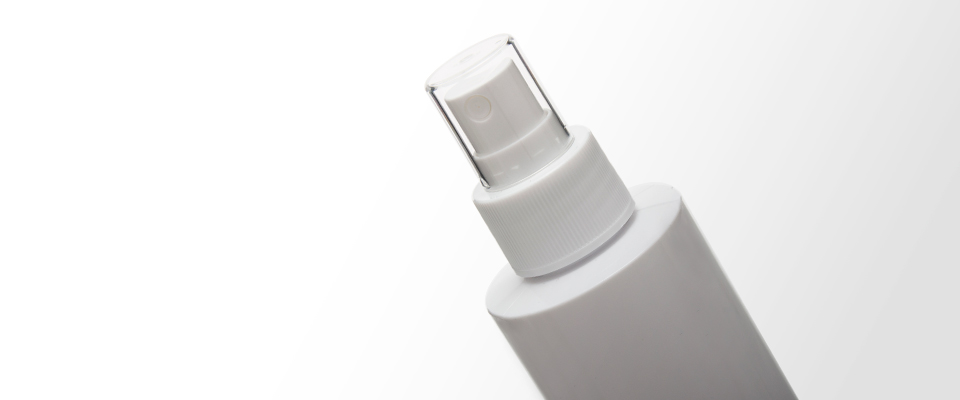Technologies

At the forefront
Advanced manufacturing techniques
One of our primary distinguishing characteristics as a company is our use of a variety of manufacturing technologies that are on the cutting edge of packaging production. We always make sure to use the right processes for each job, working with our customers to ascertain their needs and then provide them with the appropriate solution. Having a number of concurrent lines based on different technologies also means we can perform simultaneous runs to meet our commitments unfailingly.
Manufacturing technologies

Extrusion blow moulding, or EBM, is slightly different from its cousin ISBM. In this case, plastic is pushed out through an aperture around a central axis to create a long, plain plastic tube. The tube is then set into a mould where an air jet is placed into the top opening. Air is blown directly into the plastic tube, pushing the material out into the mould. The plastic takes on the shape of the mould and is ready for decoration.
- Liquid plastic is pushed out through a nozzle, surrounding a central axis
- The resulting tube is snipped to create a specific length
- The still-warm plastic tube is set into a mould
- Air is blown into the tube and the plastic takes the shape of the mould
- The resulting container is ready for next steps, like finishing or decorating
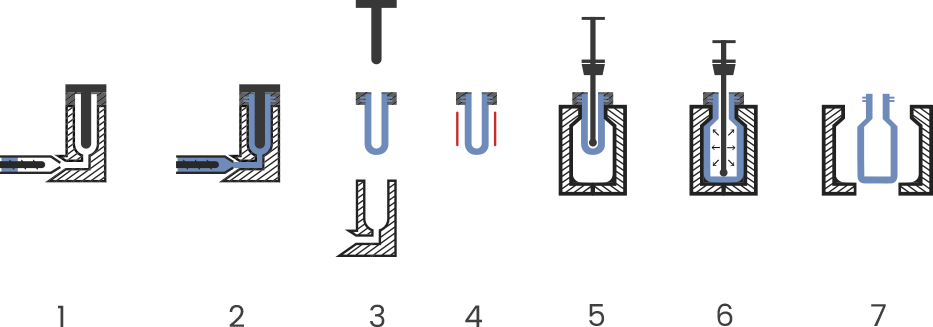
The basis of a lot of packaging container manufacturing is ISBM, which stands for injection stretch blow moulding. The process is a simple one, where a plastic pre-form is heated and pushed into a mould by a pin which then ejects pressurized air out from several opening. The material then fills the mould, shaping the container. One of the most technically challenging aspects of the process is getting just the right amount of plastic into place around the stretching pin to ensure the correct thickness is created at various points when the material is blown out into the mould cavity.
- Plastic is pushed into a pre-mould
- A pre-form is created, which can be stored or shipped
- The pre-form is released for later use
- Prior to use, the pre-form is heated
- An injection pin pushes the soft pre-form into the mould
- Air is ejected from the pin to expand the material
- The material takes the shape of the mould and is completed
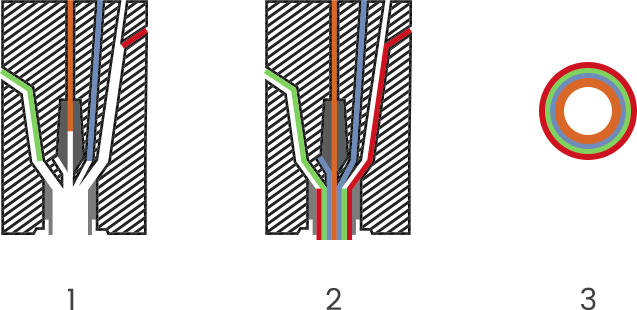
COEX, or co-extrusion, is not a container manufacturing technique, it is used in material preparation. Plastics undergo the same extrusion process as in EBM where plastic is pushed out an aperture around a central axis, but in this case two or more materials are extruded simultaneously to a create multi-layer material that may then be used in another manufacturing process. The multiple layers ensure the right combination of properties so that the final packaging item has the right mix of tensile strength, barrier properties, pliability, and weight. COEX is often used to create tubes which are then fitted with caps heads on one end and sealed on the other, or bottles that require extremely exact properties.
- Different polymers are injected sequentially into the extrusion chamber, creating layers
- The resulting mass is pushed out around a central axis to create a multi-layer tube
- The tube can be used as is for several applications or as part of an EBM lines
Decoration
Hot-stamping
The advantage of hot-stamping is to create a dry printing environment where solid foils are transferred to surfaces using dies and high temperatures. In this sense, it's much like a branding iron but set to precise temperatures to effect the transfer without causing melting or damage around the transfer area. Hot-stamping is most often used with metallic foils of various shades, such as gold or silver, though many contemporary foils can be used for specific effect, including holographic or textured foils.
Video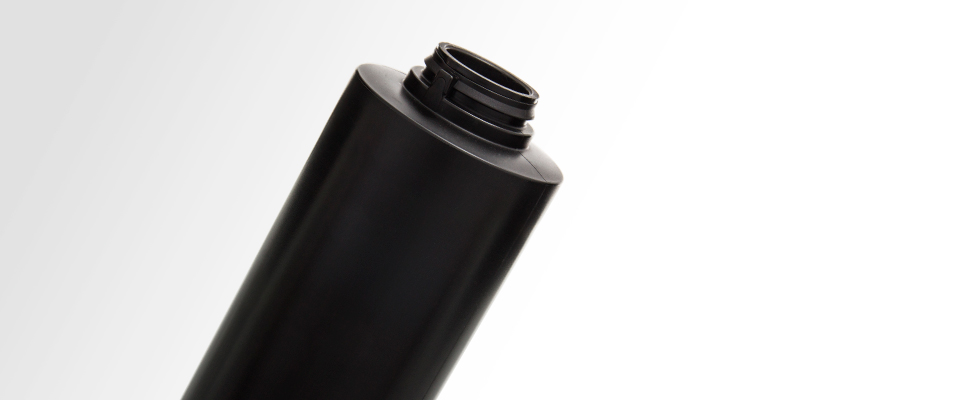
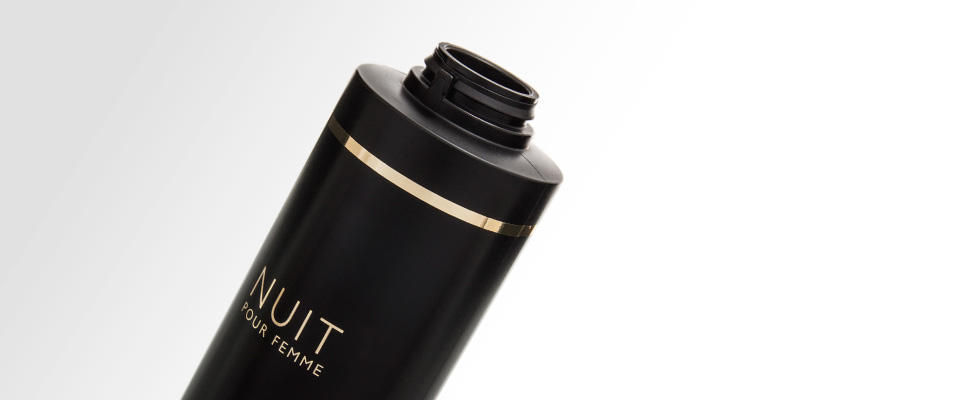
Silk-screening
This printing technique has changed significantly with regard to speed and accuracy since its introduction in the early part of the 20th Century, though the basic process has remained the same. A permeable screen has zones blocked off so that ink can be transferred to a surface, with various colours being mixed or layered to achieve the right look. Thus, all sorts of shapes and designs can be transferred quickly with clean edges.
Video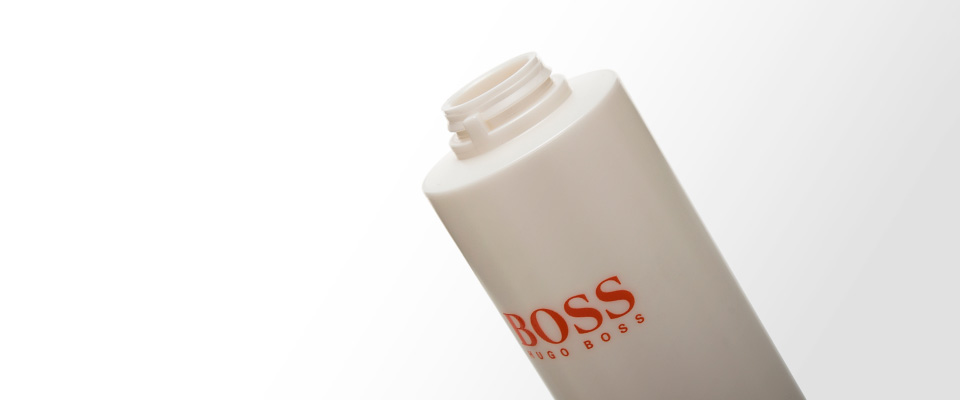
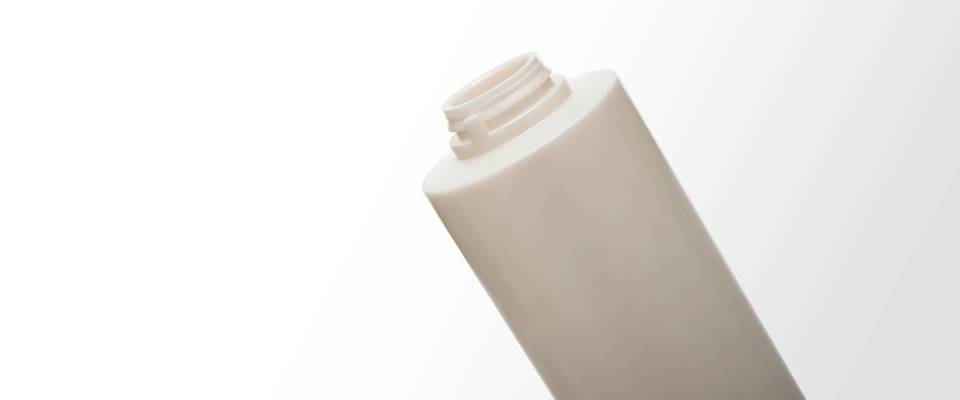
Embossing
Technically, embossing is a combination of manufacturing and some other sort of printing or transfer technique. During the EBM or ISBM production process, when the material is set to the mould, an area is left raised. This can be used to create patterns and textures that are more interesting and tactile in nature. Also, when combined with a printing technique, embossed areas can further be enhanced with colour and contrasting texture, perfect for logos, branding messages, or special textual elements.
Video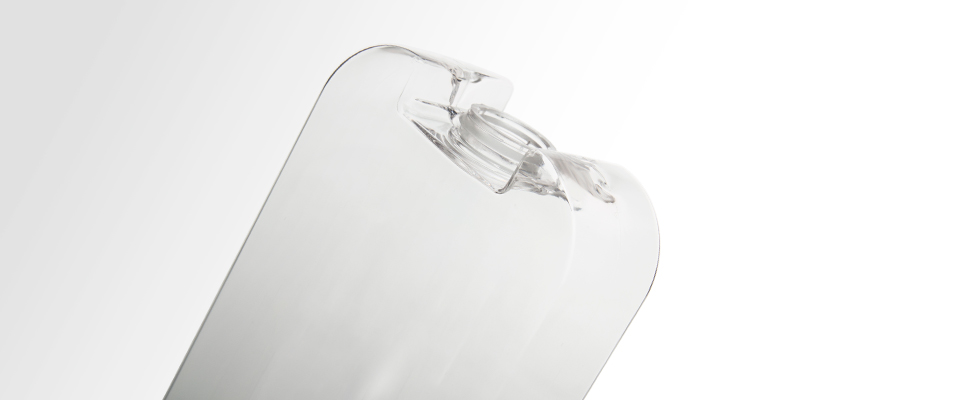
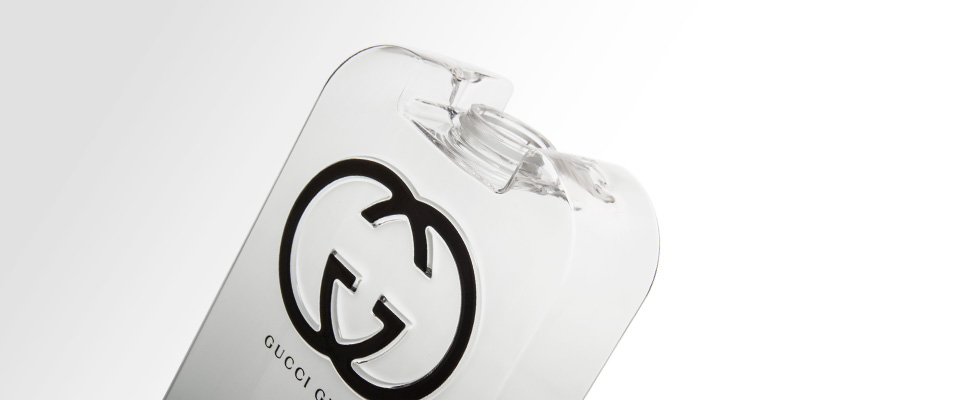
Finishing
Creating the container to be used for a specific product is often just the first stage of its development. Once the base packaging item has been created, it can move into our decoration facilities where we offer many powerful techniques to get packaging looking as lovely as possible. By combining techniques, standard products can be totally transformed into unique, attractive items, nearly rivalling our bespoke work in both quality and appeal.

